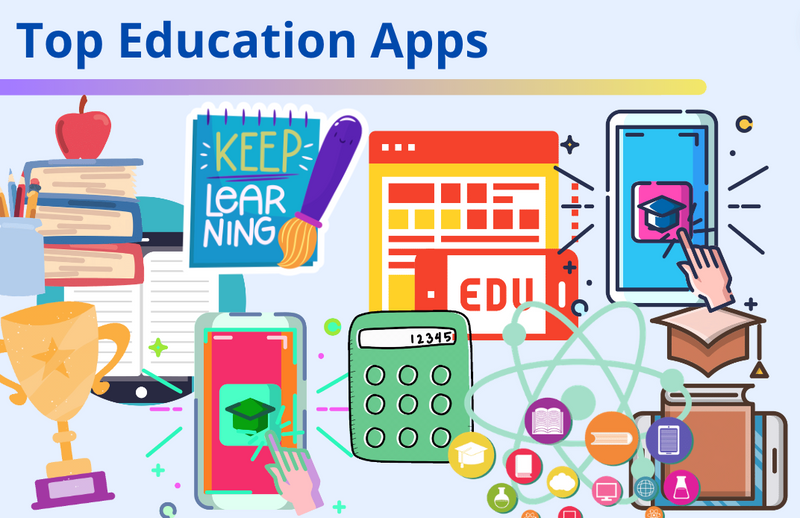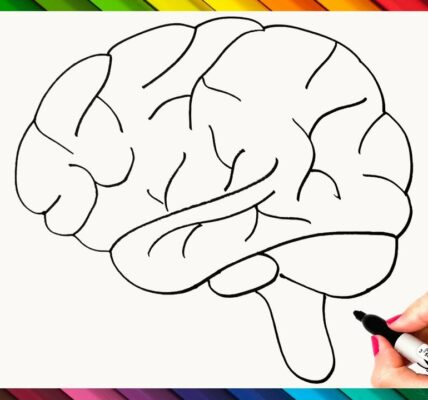Introduction
In the digital age, education has undergone a profound transformation with the advent of education apps. These innovative tools have revolutionized the way we learn, offering personalized, interactive, and convenient learning experiences. From primary school to professional development, education apps have become an integral part of modern learning ecosystems. This article delves into the evolution, benefits, challenges, and future prospects of education apps, highlighting their role in shaping the educational landscape.
I. Evolution of Education Apps
Education apps have emerged as a natural extension of the technological revolution. With the proliferation of smartphones and tablets, developers saw an opportunity to harness the power of these devices for educational purposes. The early iterations of education apps focused on basic subjects like math and language learning. However, as technology improved, so did the complexity and diversity of apps available.
II. Benefits of Education Apps
A. Personalized Learning: Education apps cater to diverse learning styles and paces, allowing learners to progress at their own speed. Adaptive algorithms analyze individual performance and adjust content accordingly, ensuring optimal comprehension and retention.
B. Accessibility and Inclusivity: Education apps break down geographical barriers, making quality education accessible to remote and underserved communities. Additionally, they accommodate diverse learning needs, including visual, auditory, and kinesthetic learners.
C. Interactive and Engaging: Gamification elements, quizzes, interactive simulations, and multimedia content transform learning into an engaging and immersive experience, enhancing motivation and knowledge retention.
D. Flexibility and Convenience: Education apps provide flexibility by enabling learners to study anytime and anywhere. This flexibility is particularly beneficial for non-traditional students, working professionals, and lifelong learners.
III. Educational Apps Across Levels
A. Early Childhood Education: Apps like ABCmouse and Khan Academy Kids introduce young learners to foundational skills through playful and interactive activities, fostering a love for learning from an early age.
B. K-12 Education: Education apps offer a plethora of subjects and resources for K-12 students, from math and science to history and language arts. They complement traditional classroom teaching and encourage independent exploration.
C. Higher Education: University-level courses and resources are available on platforms like Coursera, edX, and Udacity. These apps provide access to top-tier education for those who might not have the opportunity to attend prestigious institutions.
D. Professional Development: Education apps extend beyond formal education, providing opportunities for skill enhancement and career advancement. Language learning apps like Duolingo and skill-specific platforms like LinkedIn Learning offer targeted development.
IV. Challenges and Considerations
A. Quality Control: The abundance of education apps makes it crucial to ensure the quality, accuracy, and pedagogical soundness of content. Not all apps are created equal, and educators must carefully assess their suitability for their students.
B. Screen Time and Distraction: Excessive screen time and potential digital distraction raise concerns, especially for younger learners. Balancing technology use with other forms of learning and recreation is essential.
C. Data Privacy and Security: Education apps often collect user data for personalized learning experiences. Maintaining stringent data privacy and security measures is imperative to protect learners’ sensitive information.
D. Digital Divide: Despite the growth of education apps, the digital divide persists, limiting access for economically disadvantaged individuals and communities. Efforts are needed to bridge this gap and ensure equal educational opportunities.
V. The Future of Education Apps
A. AI and Machine Learning: Artificial intelligence and machine learning will drive further personalization and adaptability in education apps, tailoring content and assessments to individual needs.
B. Augmented and Virtual Reality: AR and VR technologies will create immersive learning environments, allowing students to explore complex concepts and historical events as if they were present.
C. Lifelong Learning: Education apps will play a pivotal role in the ongoing trend of lifelong learning, allowing individuals to continuously update their skills and knowledge to adapt to a rapidly changing job market.
D. Global Collaboration: Education apps will facilitate global collaboration, enabling students from different corners of the world to work together on projects, exchange ideas, and foster cross-cultural understanding.
Conclusion
Education apps have redefined the educational landscape, offering personalized, interactive, and flexible learning experiences. From early childhood to professional development, these apps have made quality education more accessible and engaging. While challenges like data privacy and the digital divide persist, the potential of education apps to shape the future of learning is undeniable. By harnessing the power of technology, education apps are propelling us towards an era of lifelong learning, innovation, and global collaboration.







